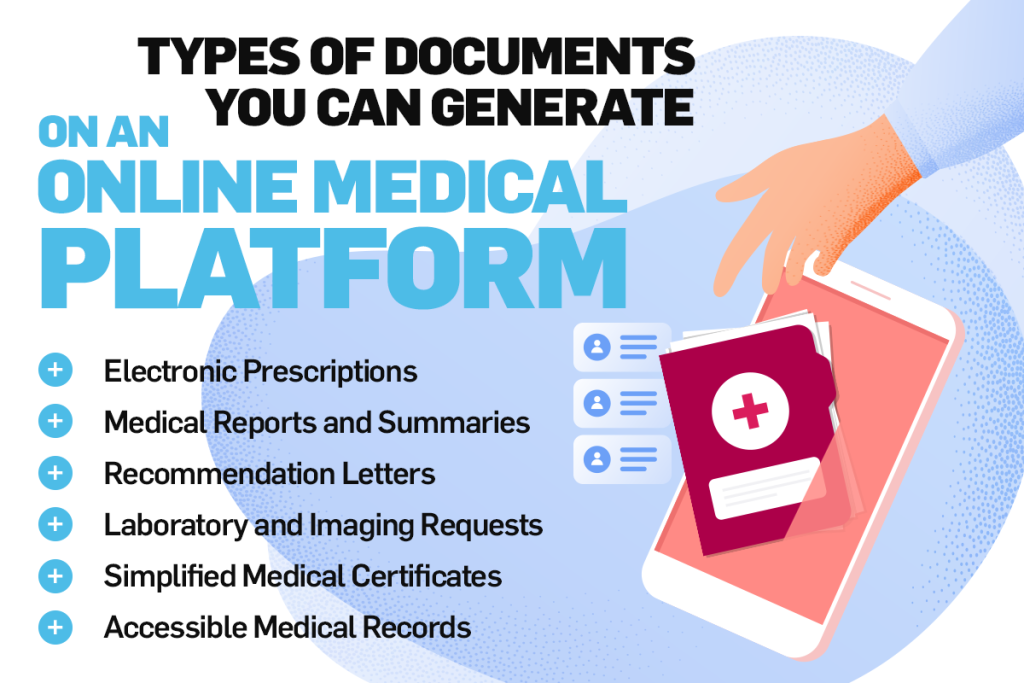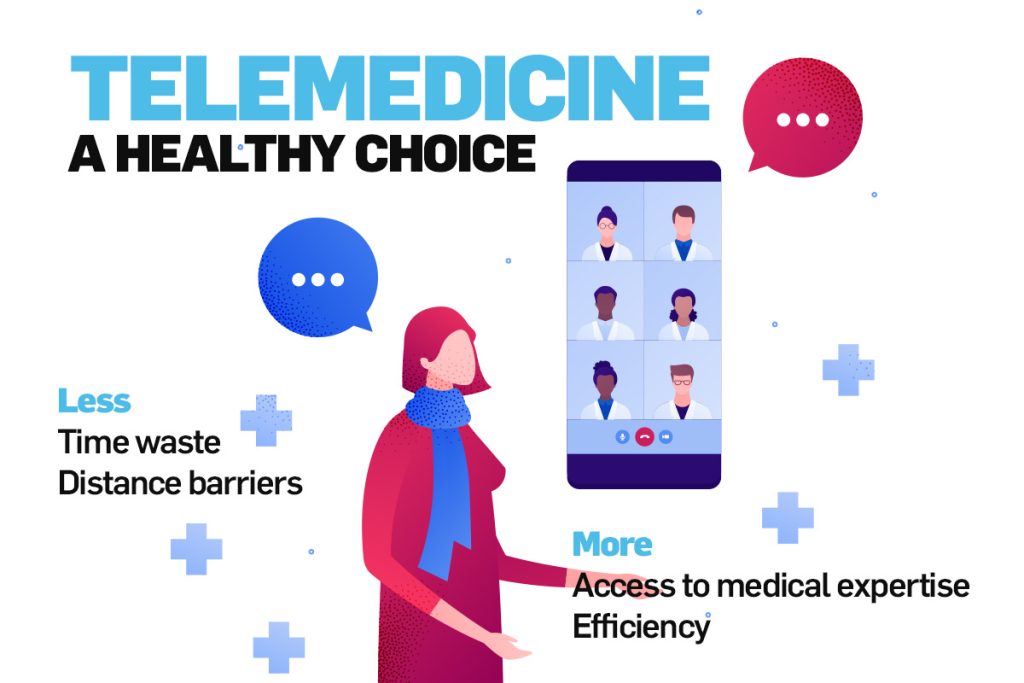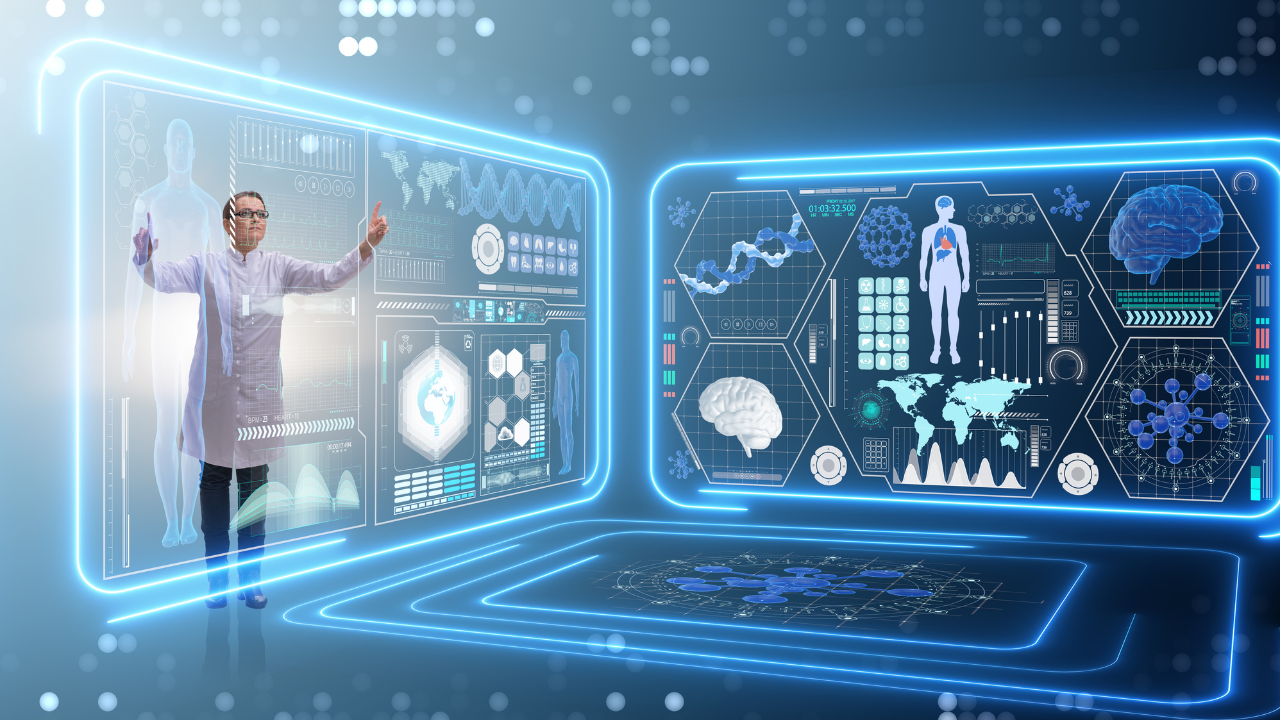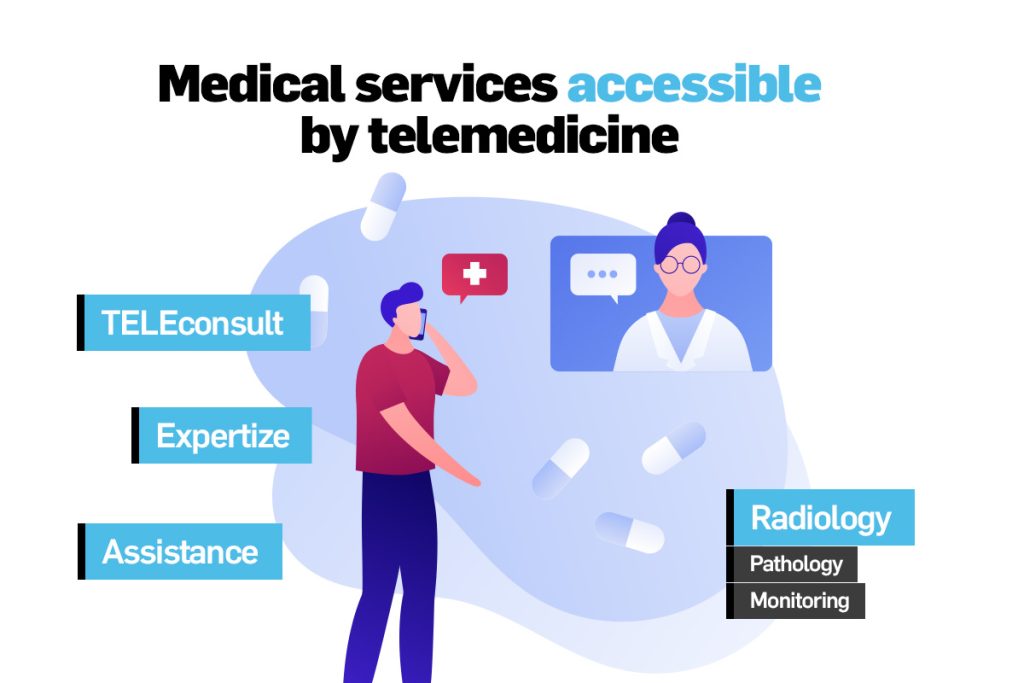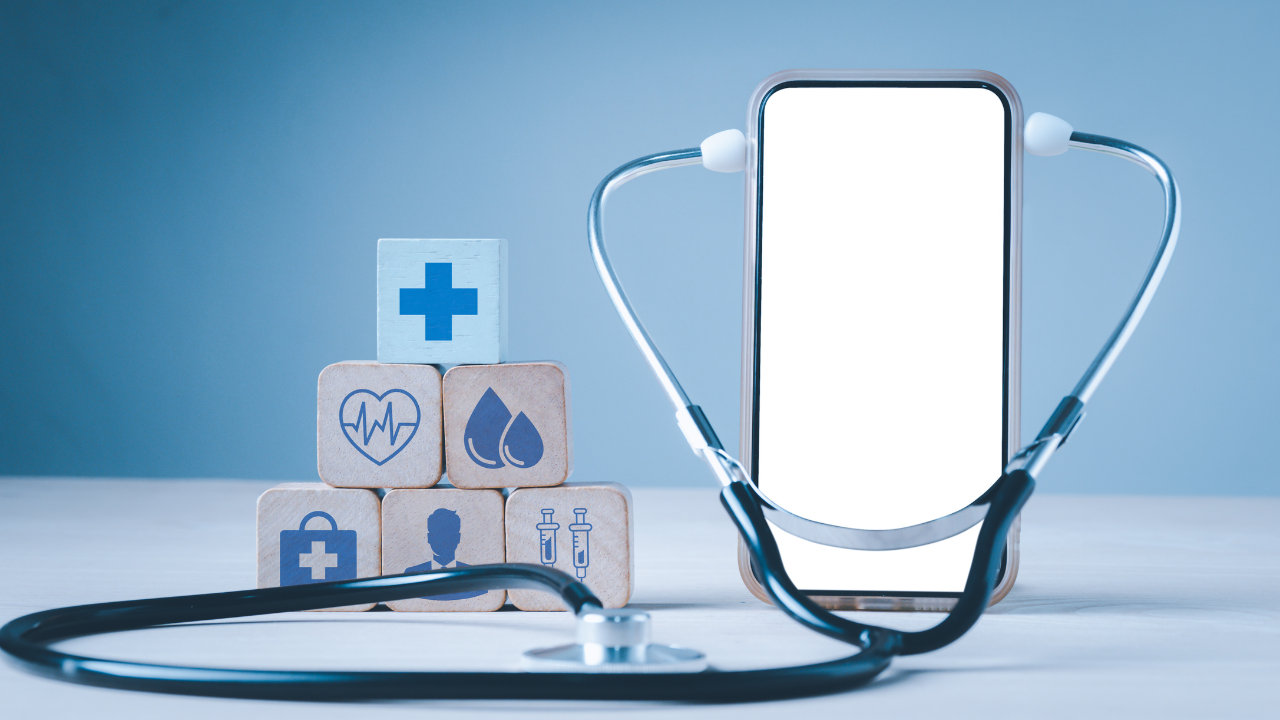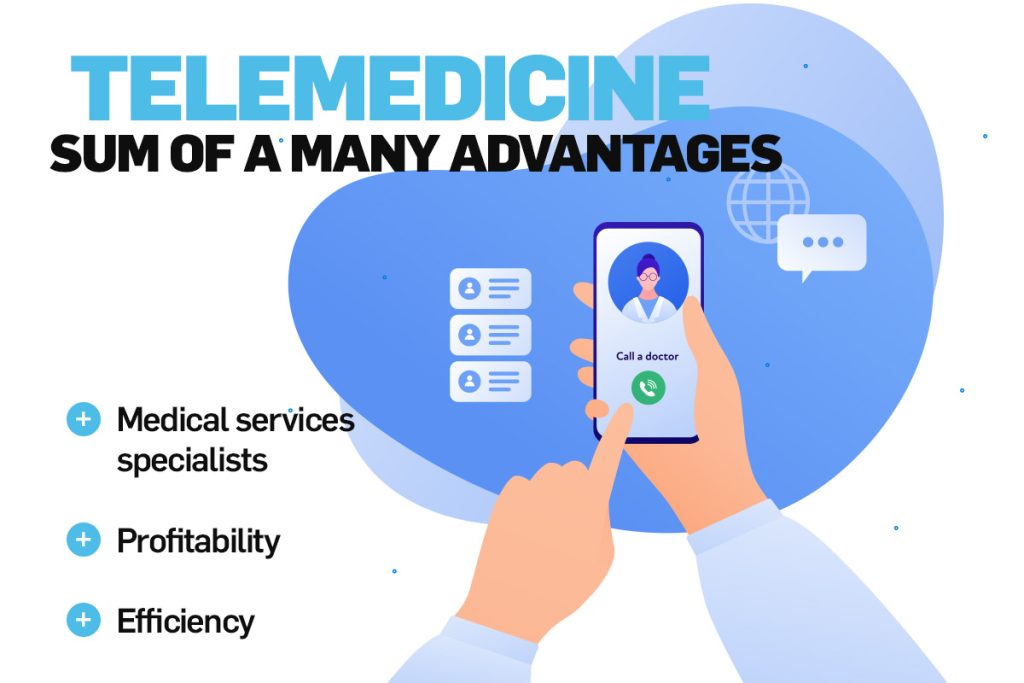The world of healthcare is constantly evolving, and a significant development in recent years has been the adoption of electronic prescriptions. Electronic prescriptions, or e-prescriptions, have revolutionized the way medicines are prescribed and managed.
What is e-prescriptions?
An e-prescription is a digital version of a traditional paper prescription. Instead of writing a prescription by hand on a pad of paper, healthcare providers use secure electronic systems to send prescriptions directly to a pharmacy of the patient’s choice. These digital prescriptions are stored electronically and can be easily accessed and processed by pharmacists.
What are the benefits of e-prescribing?
1. Convenience and accessibility
One of the main benefits of electronic prescriptions is the convenience they offer to both patients and healthcare providers. E-prescriptions can be sent instantly to the pharmacy, reducing waiting time for patients. Patients do not need to carry physical prescriptions. They can simply visit any pharmacy and provide their details to pick up their e-prescription.
For medicines in the pipeline, e-prescriptions make it easier for providers to renew prescriptions electronically, saving time and effort.
2. Improved accuracy
Handwritten prescriptions are prone to errors due to illegible handwriting or misinterpretation. Electronic prescriptions eliminate these problems. Because electronic prescriptions are typed, there is no risk of misreading the prescription due to poor handwriting.
Electronic systems often include built-in safety checks that alert healthcare providers to possible dosing errors or interactions with other medications, increasing patient safety.
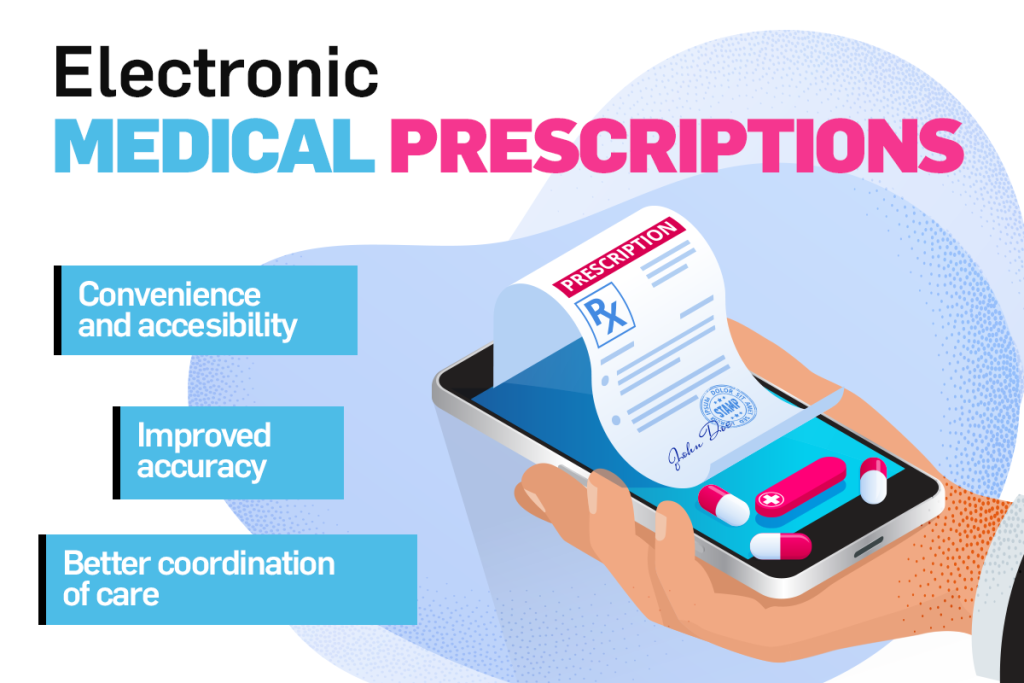
3. Better coordination of care
Electronic prescriptions are particularly valuable in situations where multiple healthcare providers are involved in a patient’s care. Electronic prescribing systems allow different healthcare providers to access and contribute to a patient’s medication history, ensuring continuity of care.
Patients benefit from having their medication history consolidated in one place, reducing the risk of duplicate prescriptions or harmful interactions.
Electronic prescribing has significantly improved the healthcare experience for both patients and providers. They offer convenience, accuracy, and better care coordination, ultimately leading to improved patient outcomes.
To benefit from e-prescribing, patients should discuss e-prescribing with their healthcare providers and choose a preferred pharmacy for easy access to their medications.
The future of healthcare is increasingly digital, and e-prescribing is a perfect example of how technology can improve patient care and safety.


